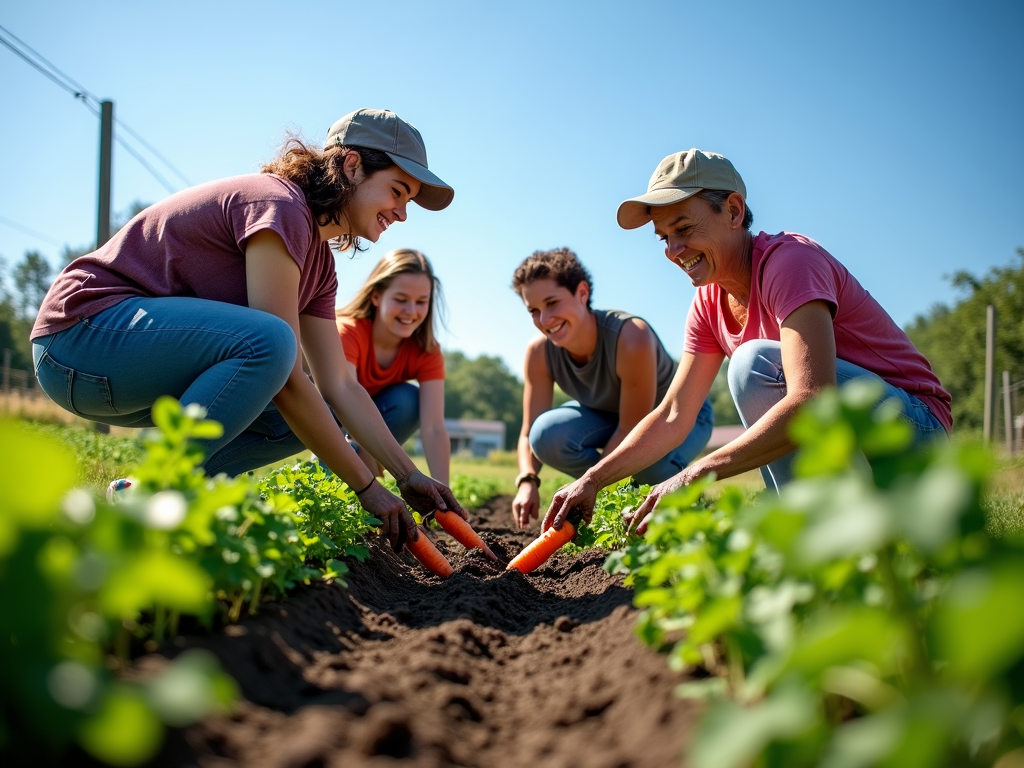Introduction to Community Health
Community health focuses on improving the well-being of people in specific areas. It’s about preventing illness, educating folks, and tackling everyday challenges like poverty or poor housing that affect health. I once visited a small town where community health turned things around. Families who once struggled with diabetes and high blood pressure now thrive, thanks to local leaders and health workers stepping up. This shows how The Future of Health: How Communities Lead the Way starts with people coming together to make a difference.

The Role of Community Health Workers
Community health workers (CHWs) are everyday heroes. They’re people from the neighborhood who know its heartbeat—the language, the struggles, the strengths. I’ve talked to CHWs who say their secret is trust. People open up to them because they’re not outsiders in white coats. These workers boost access to care by:
- Visiting homes to teach about health
- Helping folks figure out insurance or doctor visits
- Checking blood pressure or sugar levels
- Speaking up for what their community needs
Their work proves the role of community health workers in access to care is huge—they’re the bridge between people and the healthcare they deserve.
Access to Care: Breaking Down Barriers
Access to Care means everyone can get the health services they need—when they need them. But that’s tough when you live far from a clinic, can’t afford a visit, or don’t trust the system. Communities are fixing this. For example, some set up mobile clinics that roll into rural areas. Others arrange rides to appointments. I’ve seen telehealth programs bring doctors to people’s phones, even in remote spots. These efforts show how community health tackles real problems with smart, local solutions.

Health Equity: A Fair Shot for Everyone
Health Equity is simple: everyone should have a chance to be healthy, no matter where they live or what they earn. But life isn’t fair—some folks face bigger hurdles like unsafe homes or no jobs. Community health steps in here. Programs might build affordable housing or teach skills for better work. I’ve seen initiatives where CHWs connect people to food banks or job training. By fixing these root issues, communities create a level playing field for health.
Real Stories of Change
Take the Healthy Moms program in rural Appalachia. Local women trained as CHWs visit expectant mothers, sharing tips on nutrition and safe births. Since it started, fewer babies are born too early, and more moms get checkups. Another example? A city project in Chicago where CHWs cut diabetes rates by teaching cooking classes with affordable ingredients. These stories show The Future of Health: How Communities Lead the Way isn’t just talk—it’s happening now.

Challenges and Opportunities
Community health isn’t perfect. Money’s tight—many programs depend on grants that dry up fast. There aren’t always enough workers, and rules can get in the way. But there’s hope:
- Funding: Partnering with businesses could keep cash flowing
- Workers: Training more locals as CHWs builds a stronger team
- Tech: Apps can track health needs and connect people to help
I’ve seen small fixes—like a town pooling funds for a clinic—turn into big wins. The opportunities are there; we just need to grab them.
The Future of Community Health
Picture this: every neighborhood with CHWs who know their people, clinics that come to you, and health gaps shrinking. That’s where we’re headed. Community health will keep growing because it works—focusing on prevention, listening to locals, and building trust. I believe the future isn’t about fancy hospitals alone; it’s about neighbors helping neighbors. With support and new ideas, The Future of Health: How Communities Lead the Way can lift us all up.
In short, communities aren’t waiting for change—they’re making it. And that’s a future worth rooting for.
Discuss Here